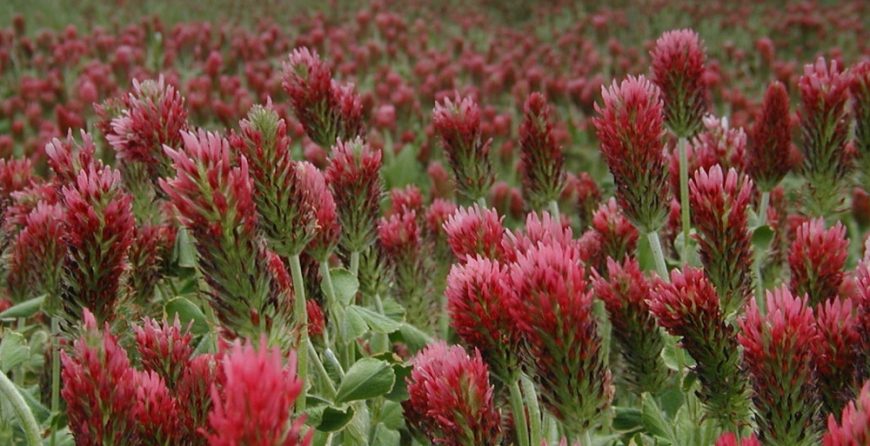 Did you know that cover crops are the hardest-working plants in your garden? Also called green manure, cover crops prevent weeds, build productive soil, and control diseases and pests. The best part is that cover crops are easy to work with because they require only basic care in order to flourish. They even grow in every part of the country!
Did you know that cover crops are the hardest-working plants in your garden? Also called green manure, cover crops prevent weeds, build productive soil, and control diseases and pests. The best part is that cover crops are easy to work with because they require only basic care in order to flourish. They even grow in every part of the country!
So, if you’re looking for ways to safely maintain your organic garden, you might want to consider incorporating cover crops. Here’s what you need to know:
Cover crops are ideal for small-scale gardens
If you’re already familiar with the benefits of using cover crops, but think they’re only for large-scale farming, think again. Cover crops are great for the simple organic garden because they reap so many benefits.
How to plant cover crops
As we said before, cover crops are easy to use. Have you ever had to reseed a bare patch in your garden? Incorporating a cover crop is no different. All you need to do is work up the soil gently with a garden rake, distribute the seed over the soil, and rake it in. Simplicity itself.
Raking in your cover crops will ensure they get proper soil-to-seed contact and it prevents the birds from getting to them. In fact, birds will eat the seeds to any of your plants if they’re too close to the surface.
Watch your timeline
You can plant your cover crops at any time of the season, but keep in mind that if you plant them in the fall, you should allow for enough establishing time. Try to plant them four weeks before any hard frosts. The one exception to this rule is cereal rye, which can handle being planted right up to a frost.
Caring for your cover crops
Unlike some of your vegetables, cover crops are low-maintenance. They do, however, need a little bit of care. Make time to mow your cover crops as that will keep them manageable. Pro tip: sorghum-sudangrass will keep its root growth if you mow it once or twice. Dutch clover, on the other hand, needs to be mowed regularly, otherwise, it will start to compete with your flowers and veggies. If you experience a drought during the growing season, diligently water your cover crops.
Get ready to kill them
Planting cover crops only to kill them later might seem counterproductive, but it’s important to remove them from your garden at the right time. They’ll take away from your plants if you don’t.
Once your cover crops have done their job (preventing weeds, adding nutrients to the soil, and helping your vegetables thrive) you need to kill them. The best time to do this is when they’ve started to flower or the seedheads emerge on grains. For your annuals, go ahead and cut the base of the plant.
The most effective way to kill off your cover crops is to take a lawn mower or weed trimmer to them, depending on how tall the plants are. Once you’ve done that, give them a day or two to dry out, and then dig them in. You might have to work hard at getting the longer pieces of stems and vines, but it shouldn’t take long for the rest to decompose. Next, turn under a cover crop of grasses and wait two to three weeks before planting flowers or vegetables.
Working with cover crops can take some getting used to if you haven’t incorporated them into your garden before. Once you’ve done a little research and taken the plunge, you’ll no longer have to worry about weeds taking over your garden or your soil getting the nutrients it needs.


